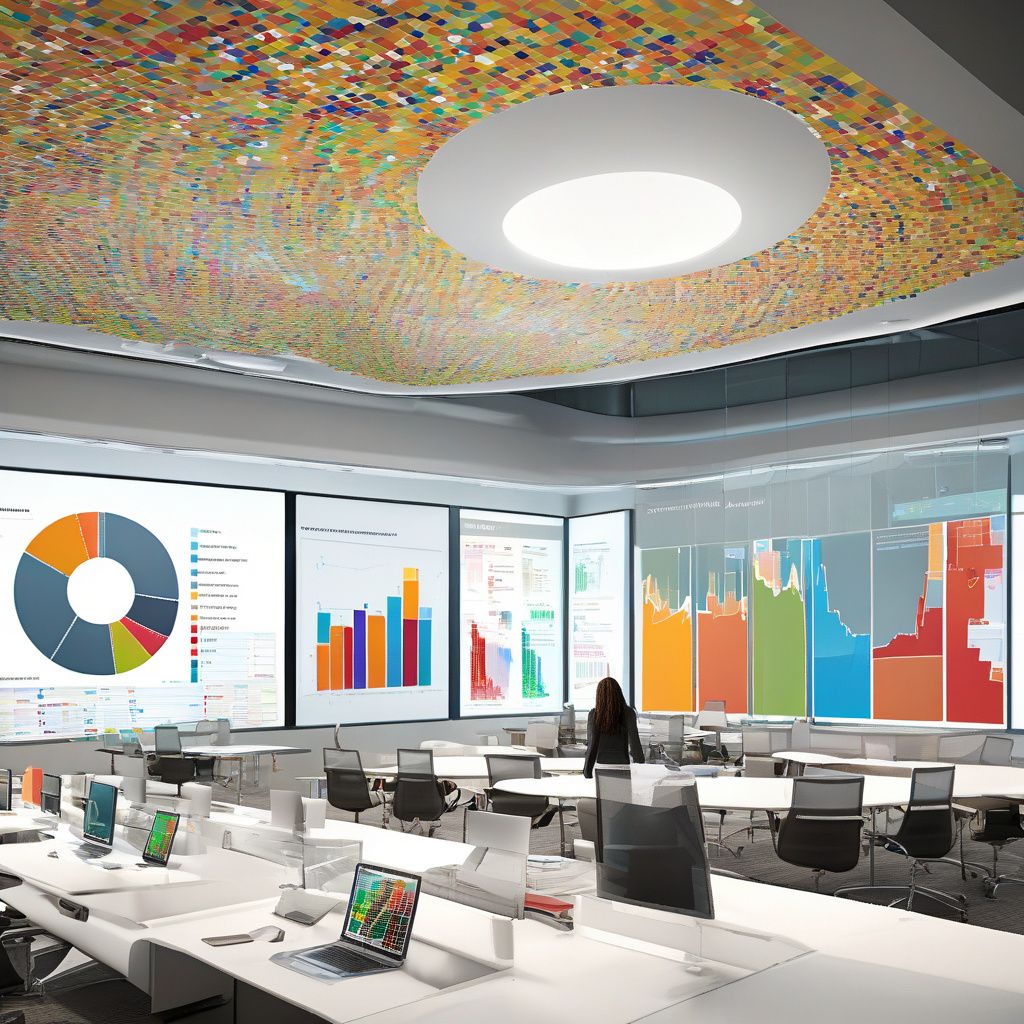In the realm of data storytelling, visualization stands as a cornerstone, enriching narratives, and enhancing comprehension. Let’s delve into four pivotal reasons why visualization is indispensable in this context.
Simplifying complex information is the first crucial role of data visualization. Imagine presenting a dense dataset filled with numbers and statistics. Without visualization, deciphering trends or insights would be akin to finding a needle in a haystack. However, a well-crafted graph or chart can distill intricate details into easily digestible visuals, enabling audiences to grasp the essence swiftly.
Moreover, visualization uncovers hidden patterns that lurk beneath the surface of raw data. Patterns that might elude detection in tabular form can often be revealed through visual representations. By leveraging tools like heatmaps or network diagrams, data storytellers can unveil correlations, outliers, or trends that might otherwise remain obscured. These visual revelations add layers of depth to the narrative, inviting viewers to explore and interpret data in a more engaging manner.
Engagement and impact are two sides of the same coin when it comes to data storytelling. Picture yourself faced with a lengthy report filled with text alone. Would you feel as compelled to engage with the content compared to a presentation featuring vibrant infographics or interactive visualizations? Likely not. Visual elements have a magnetic effect, drawing viewers in and sustaining their interest throughout the narrative. An impactful visualization can evoke emotions, spark curiosity, and leave a lasting impression on the audience.
Lastly, visualization plays a pivotal role in supporting informed decision-making. Consider a scenario where a company needs to choose between two marketing strategies. By presenting relevant data through interactive charts or dashboards, decision-makers can swiftly compare performance metrics, assess outcomes, and make data-driven choices. Visualization serves as a compass, guiding stakeholders towards informed decisions based on concrete evidence rather than intuition or guesswork.
In conclusion, data visualization is a linchpin in the art of data storytelling, offering a myriad of benefits that range from simplifying complexity to fostering engagement and enabling informed decisions. By harnessing the power of visualization, data storytellers can transform raw data into compelling narratives that resonate with audiences, driving understanding, engagement, and ultimately, action.

